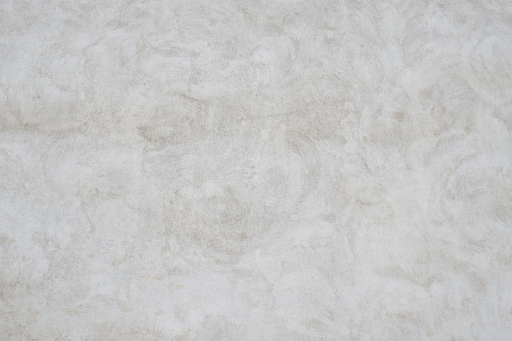Religious Painting: A Visual Expression of Faith and Devotion
Religious painting is an art form that portrays spiritual themes, deities, sacred symbols, and stories from religious texts. These artworks often serve as a medium to inspire faith, convey moral teachings, and foster a deeper connection between the divine and the viewer.

Themes in Religious Painting
- Depictions of Deities: Representations of gods and goddesses, often embodying divine qualities and virtues.
- Sacred Narratives: Stories from holy texts, such as the Ramayana, Bible, Quran, or Buddhist Jataka tales.
- Symbolic Imagery: Use of symbols like the lotus, cross, or crescent to convey spiritual ideas.
- Scenes of Worship: Paintings of rituals, temples, monasteries, or sacred places.
- Cosmic Order: Mandalas and other geometric patterns illustrating the universe’s spiritual structure.
Famous Styles of Religious Painting
- Thangka Paintings (Tibetan Buddhism): Detailed scroll paintings depicting Buddha, bodhisattvas, and mandalas, used for meditation and rituals.
- Christian Iconography: Includes frescoes, stained glass, and canvas paintings depicting Christ, saints, and biblical stories, such as Michelangelo’s Sistine Chapel ceiling.
- Islamic Calligraphy and Geometry: Avoids figurative representation, focusing on intricate designs and verses from the Quran.
- Hindu Religious Art: Features vibrant depictions of gods like Krishna, Shiva, and Durga in temples and homes.
- Japanese Religious Art: Often features serene depictions of Amida Buddha or Shinto kami (spirits).
Techniques and Mediums
- Frescoes: Popular in religious buildings, such as temples, churches, and mosques.
- Miniature Paintings: Found in illuminated manuscripts and sacred books.
- Canvas Art: Modern religious painters use oils or acrylics to create devotional works.
- Natural Pigments: Traditional religious art often uses organic materials for authenticity and longevity.
Purpose and Significance
- Inspiration and Devotion: Religious paintings evoke feelings of reverence and serve as tools for meditation and prayer.
- Educational Value: They visually narrate religious teachings and stories, making them accessible to a wider audience.
- Cultural Identity: Religious paintings preserve and celebrate the spiritual heritage of a community.
- Artistic Excellence: Many religious paintings are masterpieces that showcase the intersection of faith and creativity.
Global Appeal
Religious paintings are celebrated worldwide for their profound beauty and ability to transcend cultural and linguistic barriers. They serve as a universal language of spirituality, uniting people across diverse faiths.
Conclusion
Religious painting is a timeless art form that merges devotion and creativity. Whether traditional or contemporary, it continues to inspire individuals, foster spiritual growth, and celebrate humanity’s quest for the divine.
